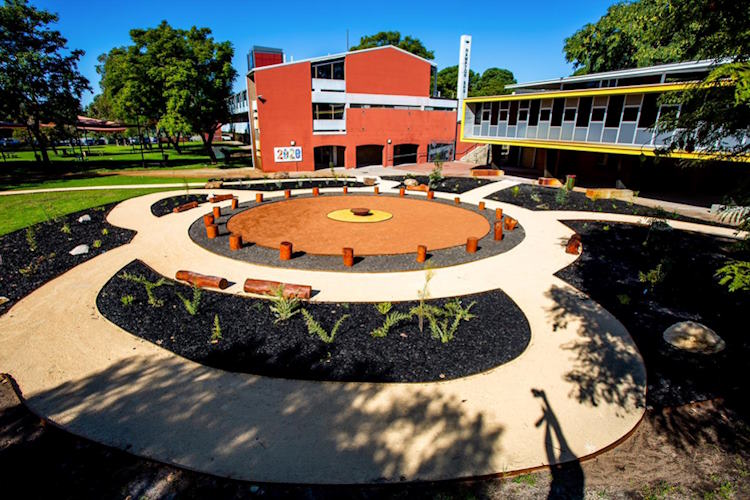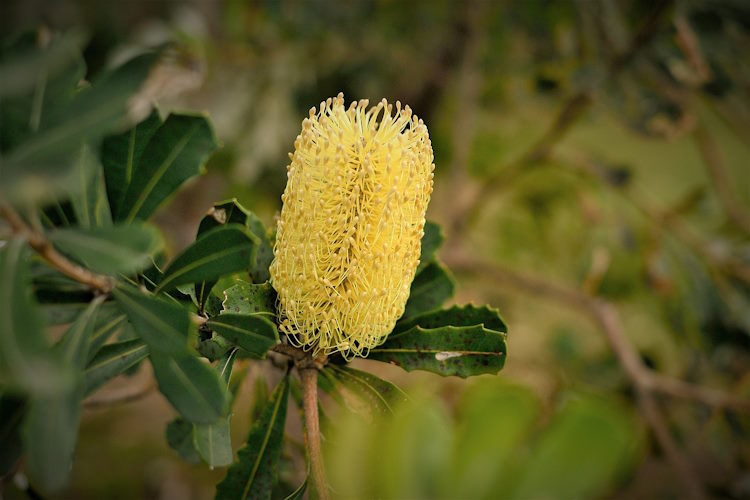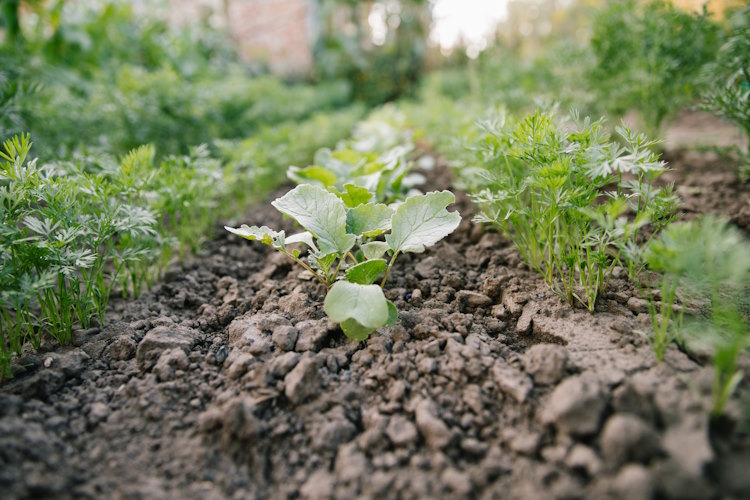The Hamptons Six Seasons Garden was created by aboriginal visionary Bel Cox to act as a place for reconciliation and communion between ancient indigenous traditions and modern-day times. We are told of the story of creation by indigenous folk which expresses the Wagyl as it moves through the land, cutting and forming rivers, mountains and various other landscapes.
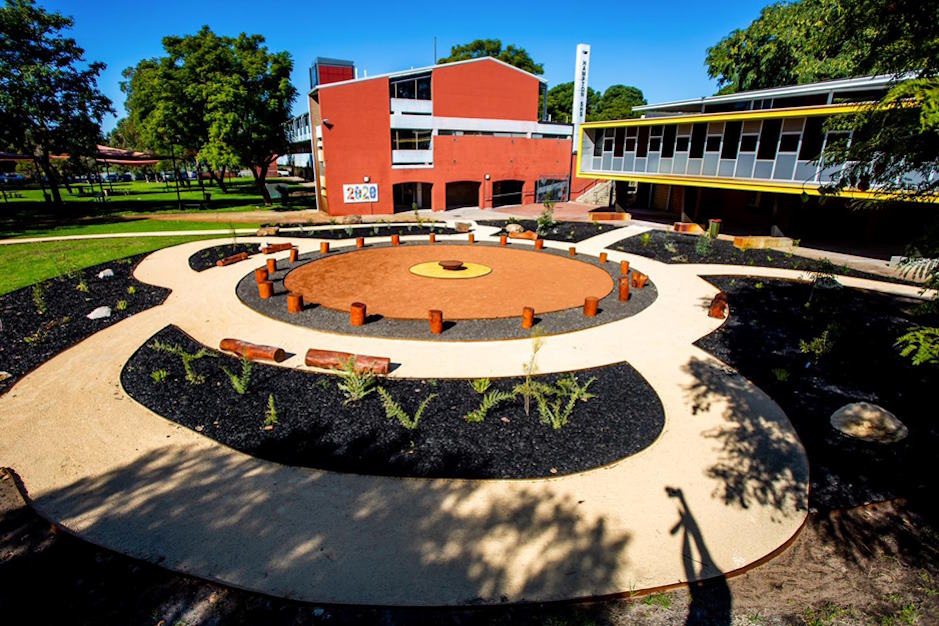
So, in our current location the Wagyl’s journeys from the mountain ridges of Toodyay through the swamp lands of Bassendean cutting and shaping rivers passing through the grounds of the Morley Hamptons Senior location and continues passing through its travel, heading toward the coast.
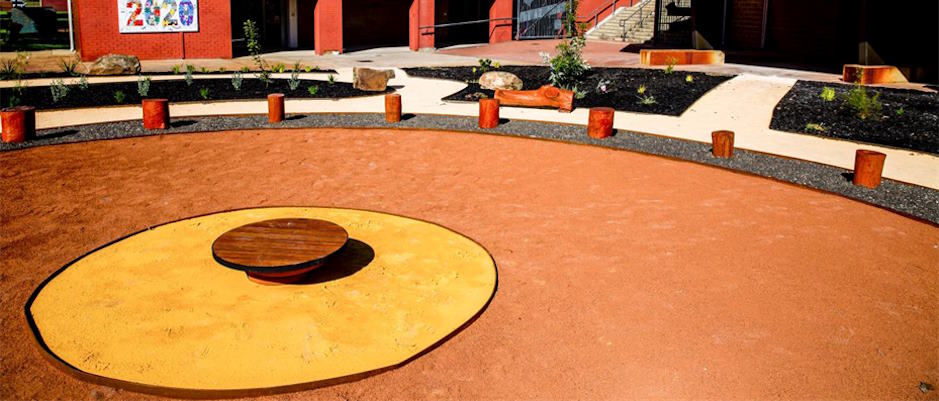
In this garden we have represented the story and the Wagyl’s movement as it moves through this place by selecting local materials that symbolize each of these important factors in the story.
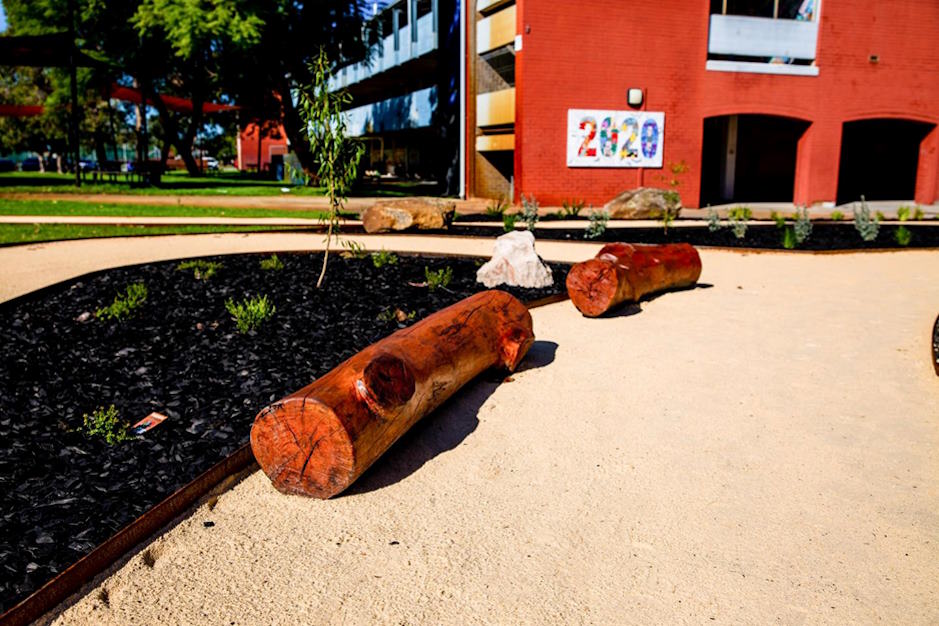
For example, we have selected the Toodyay granite stone, Bassendean sand stone and coastal limestone and they are placed in various locations in the garden to represent those locations in the Wagyl’s journey.
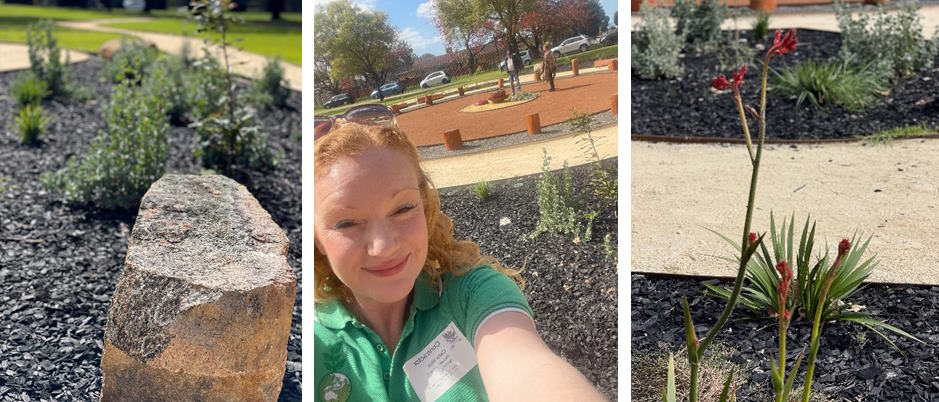
Traditional customs when creating the gardens were also learnt and respected when building the garden by our team. For example, a woman had to be the first one to put her hands in the ground.
We had obtained permission from the elders and they oversaw the project with their honourable blessing.
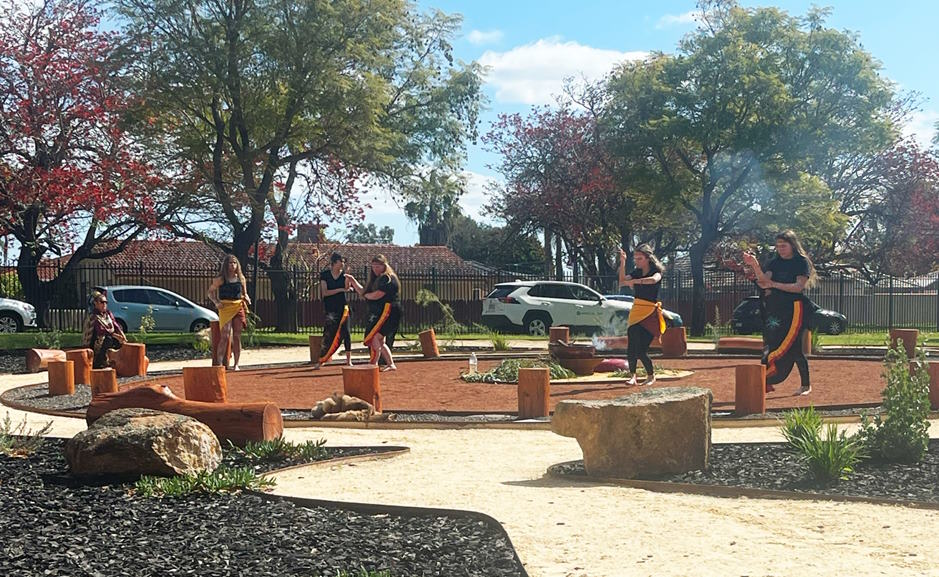
One of the highlights of the garden is the representation of the Noongar 6 seasons, which have a much more accurate representation of the weather than our traditional 4 seasons.
Below is a piece about the Noongar six seasons, written by Bel Cox of Djilliry Dreaming –
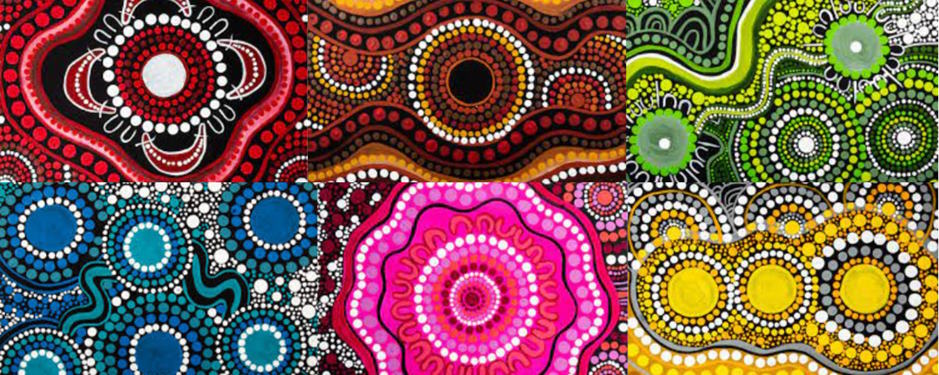
Noongar Six Seasons
BUNURU
Season of Adolescence
Feb – March
Signage symbol Sun
Colour Red
Bunuru is the hottest time of the year, with little to no rain. Hot Easterly winds during the day, cool sea breezes lead to warm, Balmy evenings bringing a showcase of stars in the night sky. Larger shrubs and bushy trees come into bloom and the wattle and Banksia’s are blossoming during this season.
Fish, shell fish, is the main diet and various types of fish traps were made in and around estuaries.
This is the period when Noongars teach their children tool making.
DJERAN
Season of Adulthood
April – May
Signage symbol – Ant
Colour Green
The weather is becoming cooler from the winds of the South West and country is preparing for rains. Leaves are covered in morning dew, turning yellow and fall to the ground.
It’s the time of courtship ceremonies.
Family groups are starting to move from the coast inland. Diet now consists of kangaroo and fresh water fish. Time to prepare the body for the cold weather with nourishment from seeds and bulbs.
It’s the season of the red flowers.
Kangaroos are caught and the skins are turned into coats (Yonga Bookas) and blankets.
MAKURU
Season of Fertility
June – July
Symbol Yonga
Colour Blue
Clouds, thunder and lightning dance across the sky bringing the First heavy rains. Longer nights and shorter days.
Noongars can be found in the hills, Yonga (Kangaroos) are hunted along with possums and quenda. The Maarli (Black Swan) is easily caught a reliable food source because they are unable to fly due to moulting. Bush potatoes are gathered.
Smoke from the camp fires can be seen across country.
DJILBA
Season of Conception
August – September
Signage Native Flowers
Colour Orange
The beginning of Djilba is cold and known as the second
Rains. Lakes and water holes are full.
All the Djerap or birds are collecting sticks and leaves and making their nests. Bobtails are very active looking for food. Kangaroos are moulting. Hunting and gathering is a joyous occasion.
Bush food is abundant, berries, bush carrots, snotty gobble is fruiting.
Native flowers are blooming, Noongars are celebrating marriages and are moving from the hills to flat lands.
KAMBARANG
Season of Birth
October – November
Signage Australian Christmas Tree
Colour Yellow
Kambarang marks the end of the rain, the weather is hot and dry.
There is an explosion of colour as the Djet Malkakoom or Wild Flowers carpet the floor of Boodja.
Moojar or the Australian Christmas Tree blossoms and its Quangdong season.
The reptiles come out and young birds are born. Insects breed and provide a food source for the young birds.
Noongars and whales meet on the coast.
BIRAK
Season of the Young
Signage Fish
Colour Pink
The season of Birak puts on a spectacular show of colours at sunset and sun rise. Pinks, oranges, yellows and reds light up the sky. The weather is hot and dry with cool morning and evening breezes.
Birak is referred to as the “Burning Season”. Small cool fires are used to burn or “clean” country this is vitally important in maintaining the health of boodja.
The Ocean provides an abundance of refreshing food.
We recognise the Noongar people, Traditional custodians of the land on which we live today, and we pay our respects to the Elders past and present.

